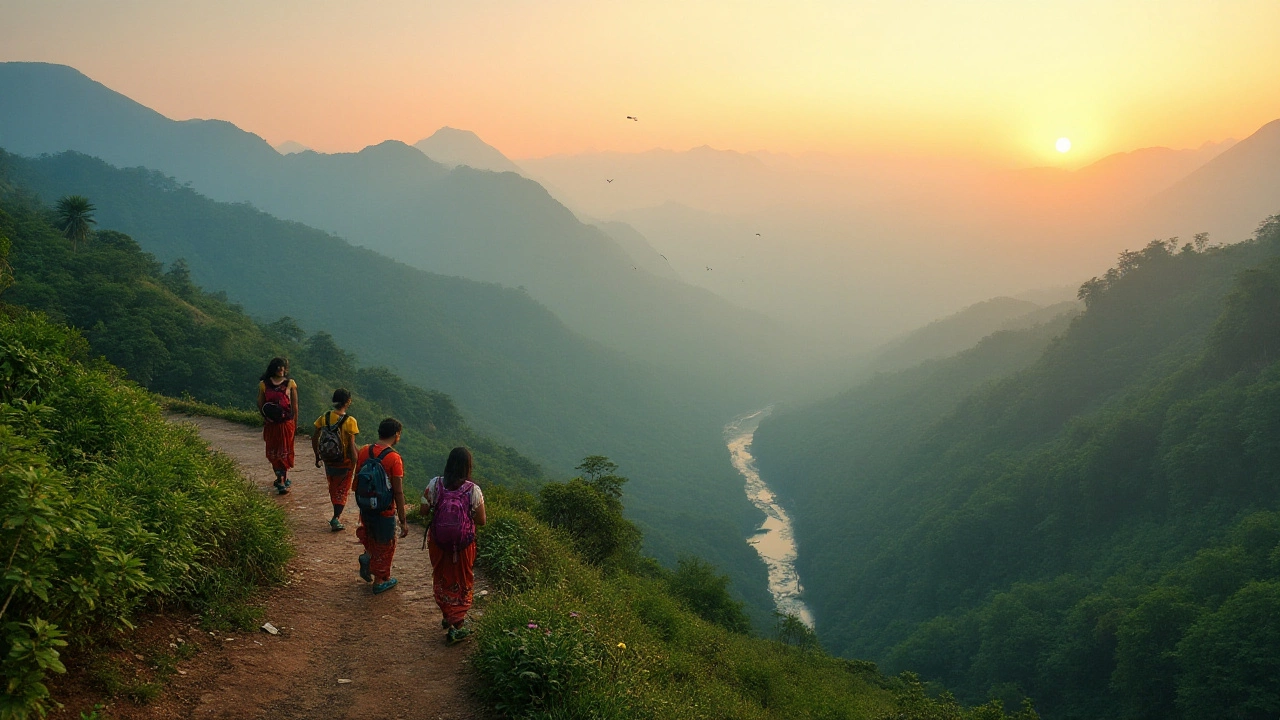Travel Duration: How Long Should You Spend in India?
When planning a trip to India, travel duration, the amount of time you spend exploring a destination isn’t just about how many days you have off work—it’s about matching your pace to the rhythm of the place. India doesn’t reward rushed visits. You can’t see the Himalayas, taste Kerala’s spices, and wander Jaipur’s palaces in a week and really feel it. Most travelers who come back talking about the magic? They stayed at least two weeks. Some stayed longer. A few never left.
Think of travel duration, the amount of time you spend exploring a destination as a scale. At one end, you’ve got the 5-day sprint—just Delhi, Agra, and maybe Jaipur. It’s doable, but you’ll be jumping in and out of cabs, skipping meals, and missing the quiet moments. At the other end, you’ve got the 30+ day journey: trekking the Great Himalayan Trail, slow-boating down the Ganges, visiting 43 UNESCO sites, and learning how to eat street food without getting sick. That’s the kind of trip that changes how you see the world. And yes, people do it. All the time.
What you choose depends on what you want. If you’re chasing temples and palaces, 10 days lets you cover the Golden Triangle well. If you’re into beaches, add Goa or Andaman—and double your time. If you’re planning to trek, like on the Great Himalayan Trail, you’re looking at weeks just for one route. And if you’re wondering whether to go North India or South India? That’s not a choice you make in a day. The cultures, food, languages—they’re different enough that you need time to feel the shift. One traveler told me she spent 18 days just moving from Mumbai to Kochi, stopping in every small town along the way. She called it her real India.
itinerary planning, the process of organizing travel routes and time allocations matters more than you think. You can’t book a flight to Varanasi, then hop to Rishikesh, then to Khajuraho, then back to Delhi in 10 days and expect to breathe. The distances are huge. The traffic is real. The trains? They run on Indian time. Most people who plan well build in buffer days—just for sitting under a tree, drinking chai, and watching the world go by. That’s not wasted time. That’s part of the experience.
And don’t forget best time to visit India, the optimal seasonal window for travel based on weather and crowds. Winter (October to March) is the sweet spot for most places. Summer? It’s brutal in the north. Monsoon? It’s magical in Kerala but a nightmare on the Himalayan trails. Your travel duration needs to sync with the season. You don’t want to spend two weeks trekking in the rain because you picked the wrong month.
There’s no single right answer. But the best trips? They’re the ones where people gave themselves enough time to get lost, to change plans, to meet someone who invited them for dinner. That’s the kind of memory that lasts. The posts below cover real trips—how long people stayed, where they went, what surprised them, and what they wish they’d known before they left. Whether you’re planning a quick escape or a long adventure, you’ll find something that fits your rhythm.
